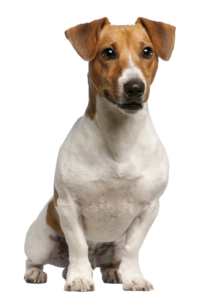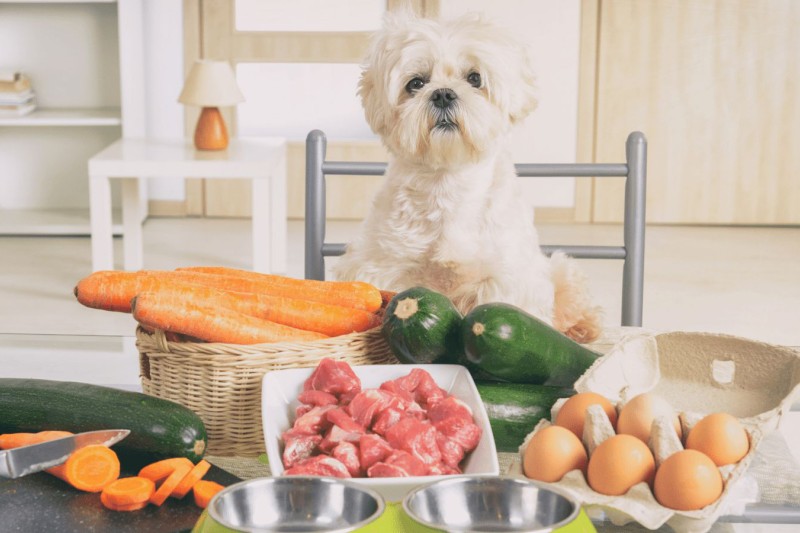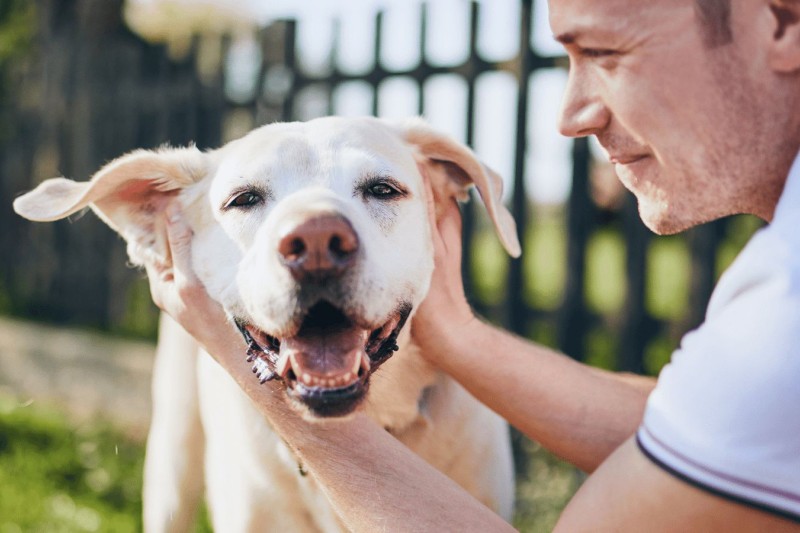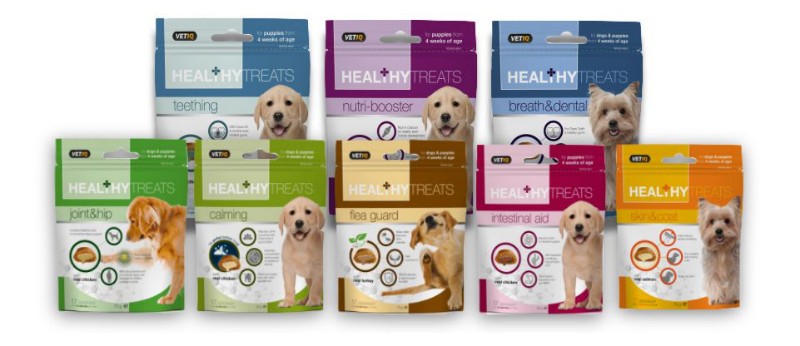As a dog owner, it’s only natural that you will want to spoil your pets from time to time. It doesn’t matter how many articles you read or what your vet says, when your pup is staring up at you with those pleading eyes, you inevitably find yourself thinking, “What’s the harm? It’s just one treat!”. But, just like children, dogs need you to be the responsible adult who knows when to say “no”.
Statistics show that as much as 25 to 40 percent of dogs are actually obese and just as obesity can have a detrimental effect on human health, it can have just as damaging an effect the wellbeing of our canine friends.
What causes obesity in dogs?
Well, it usually boils down to a few bad habits, which can develop over the years, like an unbalanced diet or a lack of exercise. But it’s often due to the fact that most owners can’t tell when their dogs are crossing that weight threshold. Forget judging by appearance, even putting them on a scale is misleading because the ideal weight differs by age and breed. So, what can you, as a concerned dog owner, do about it?
Your first step should be to determine your dog’s ideal weight. The best way to do this is by checking with your vet, but beyond that, there are ways to assess your dog at home.
How can you tell if your dog is overweight?
A good indicator is the rib test. Give your dog an occasional pat down to see if you can easily feel their ribs. You really should be able to feel (but not see) the ribs of a dog at ideal weight. Another sign is if you notice a slightly tucked abdomen in profile view. Your dog’s shape should be wider at the chest than the abdomen. Both of these are signs that your pet is in ideal shape.
On the other hand, if you’re having trouble feeling their ribs, can’t find their waist or the abdomen is quite prominent, then it is likely your dog is overweight. Once you’ve identified these red flags, the next step is to take your pet to the vet and start them on a weight management program.
What can you do to improve your dog’s health?
Realising that there’s a problem is half the work. Once you know your dog is overweight, you can easily take steps to fix the problem.
1. Improve the quality of food and treats.
Exercise alone isn’t going to give you the results you want. You will also need to take into account the quality of food you are dishing up.
Often, in an effort to get their dogs back to an ideal weight, pet parents end up overcorrecting which can lead to stripping their pets’ meals of essential nutrients. Many dog foods targeted as diet meals have excess fibre quantities that make your dog feel full without giving them the nutrients they need. Over time, owners see large stools, poor coat strength and a weakened digestive system, which wreaks havoc on their dog’s health. At no point should the dieting process compromise your dog’s nutritional intake.
Instead, check to ensure that you are serving food with appropriate levels of fibre that will support a healthy digestive system. This is particularly important for dogs who are trying to lose weight. Their food also needs to contain high-quality protein as well as essential fatty acids to maintain muscle tone and to keep their skin and coat healthy.
Check Out The Brand New Range of GRAIN FREE Creamy Centres
Formulated by animal nutritionists, each treat combines real fruit with yogurt within an irresistible cereal shell. With Omega 3 in every treat, it’s not just fun, it’s a healthy choice too! The very best choice of treat for your dog.
Switching to quality, fresh and/or organic food can play a big role in fixing issues of weight gain, inflammation and digestion problems. Providing human-grade food with high-quality ingredients promotes a stronger immune system and has been proven to increase vitality, all of which in turn can help to prevent illness and fight disease.
2. Monitor the portion sizes.
If you’re a pet owner who puts a lot of effort into choosing your dog’s food and treats, you may be surprised to see them become overweight. But the important thing to note here, is that it isn’t always a nutritional issue. Sometimes the problem is simply the portion sizes.
If you are relying on the feeding guidelines at the back of your standard pet food package, then you may need to rethink that strategy. These guides are far too broad and most are based on that of an active adult dog. With too many other factors to consider, like breed, gender, age and more, there is just no ‘one size fits all’ model.
As every dog – and their metabolism – is different, the best way to establish correct portion sizes is to monitor their intake versus their weight.
One way to balance their consumption of food, is to space out their eating times. If your current feeding schedule allows for one massive meal in the middle of the day, try dividing that into multiple, smaller meals spread out every four hours. Even going from one big meal to three more modest portions can show a remarkable improvement.
Click To Browse The Healthy Treats Range
Another tip is to remove any food your dog hasn’t eaten within 30 minutes. If your dog has walked away from the bowl, then it is quite clear they have had their fill. Leaving the food there will only tempt them to continue eating. Pet obesity is often a problem for owners who allow ‘free feeding’. This is where they keep a bowl filled throughout the day so the dog can graze all day long. This can mean that your dog will feed even when they aren’t necessarily hungry.
3. Control how often you hand out treats.
Keeping your dog on a weight management program takes work and oftentimes more self-control on the human’s part than on the dog’s. Treats are essential for training purposes and positive reinforcement, but you have to be mindful of just how many treats you are giving your dog on a daily basis.
The recommended amount of treats for any dog is 10 percent of their total daily calorie intake. This means that you are going to have to get very strict about when you give out those rewards.
So, if your dog has become accustomed to the sound of the treat bag shaking, then it’s most likely a good time to start to wean them off. You can start by substituting a food reward for a different kind of reward. Maybe it’s some extra playtime or a new toy or perhaps it’s extra praise or belly rubs. There are other ways to spoil and dote upon your furry friend that in a lot of cases, they will actually prefer.
By following these tips, you should see an improvement in your dog’s weight and overall health over time. Studies have shown that dogs fed to ideal body condition can live up to two years longer. If nothing else, that is definitely a motivating factor. The key, however, is to remember that this is not and should not be an overnight fix. The goal is gradual weight loss over time that can be maintained and managed. Be sure to speak to your vet before beginning any weight loss program.








